It was in the late 90s that I really got into 4WDing. Even though I had driven a hired 4WD previously, in my late teens, it had taken me a long time to save for my first 4WD — a Mitsubishi Pajero.
Even though I kept it pretty stock, bar a nudge bar and tow bar, it served us very well, mainly sand driving on beaches like NSW’s Stockton Beach and Queensland’s Rainbow Beach. It wasn’t the most exciting vehicle to drive and, at the time, was expensive to run. Even though I kept it only for a short time, it did manage to plant the 4WD seed that has since blossomed into an obsession.
It was 2001 that I bought my next 4WD, which was a V8 Jeep Grand Cherokee. I loved that 4WD; it had a comfortable ride with plenty of power, though it did like a drink. It was solid axle front and rear, had a 50mm lift, offroad tyres and a steel winch bar, but it suited us fine for touring and hitting some harder tracks.
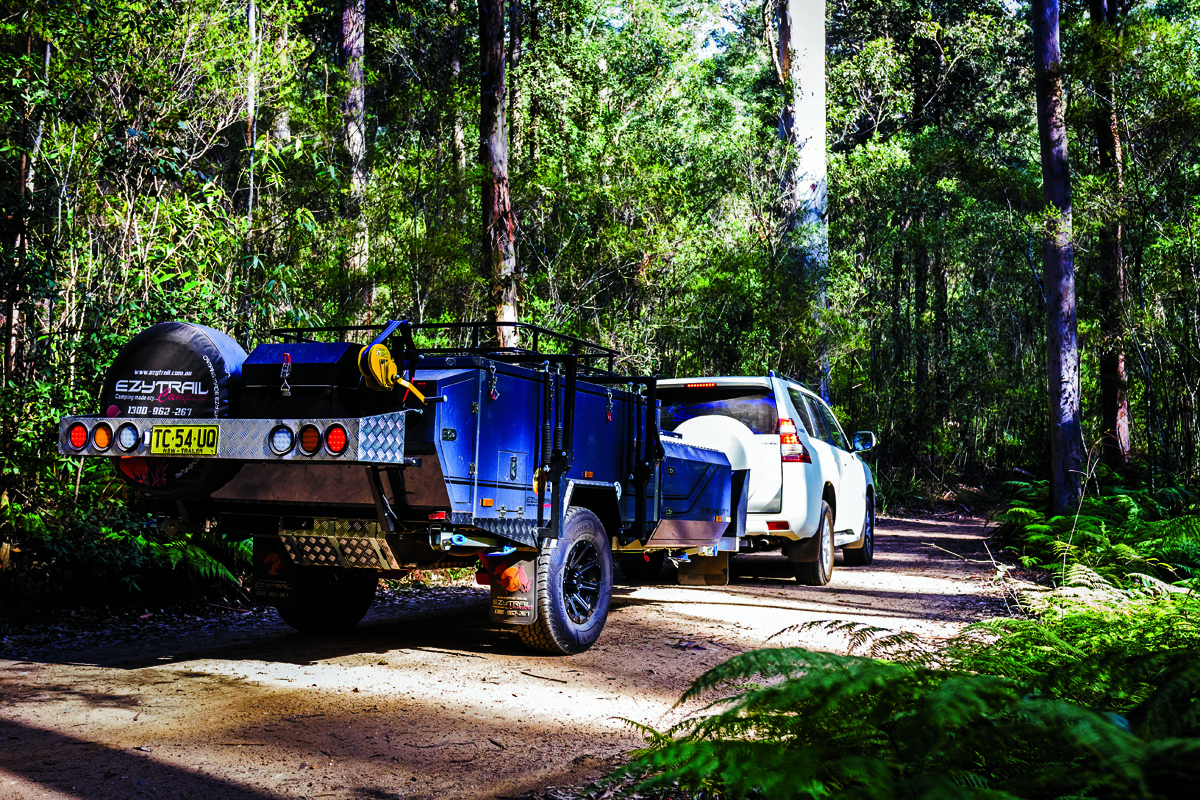


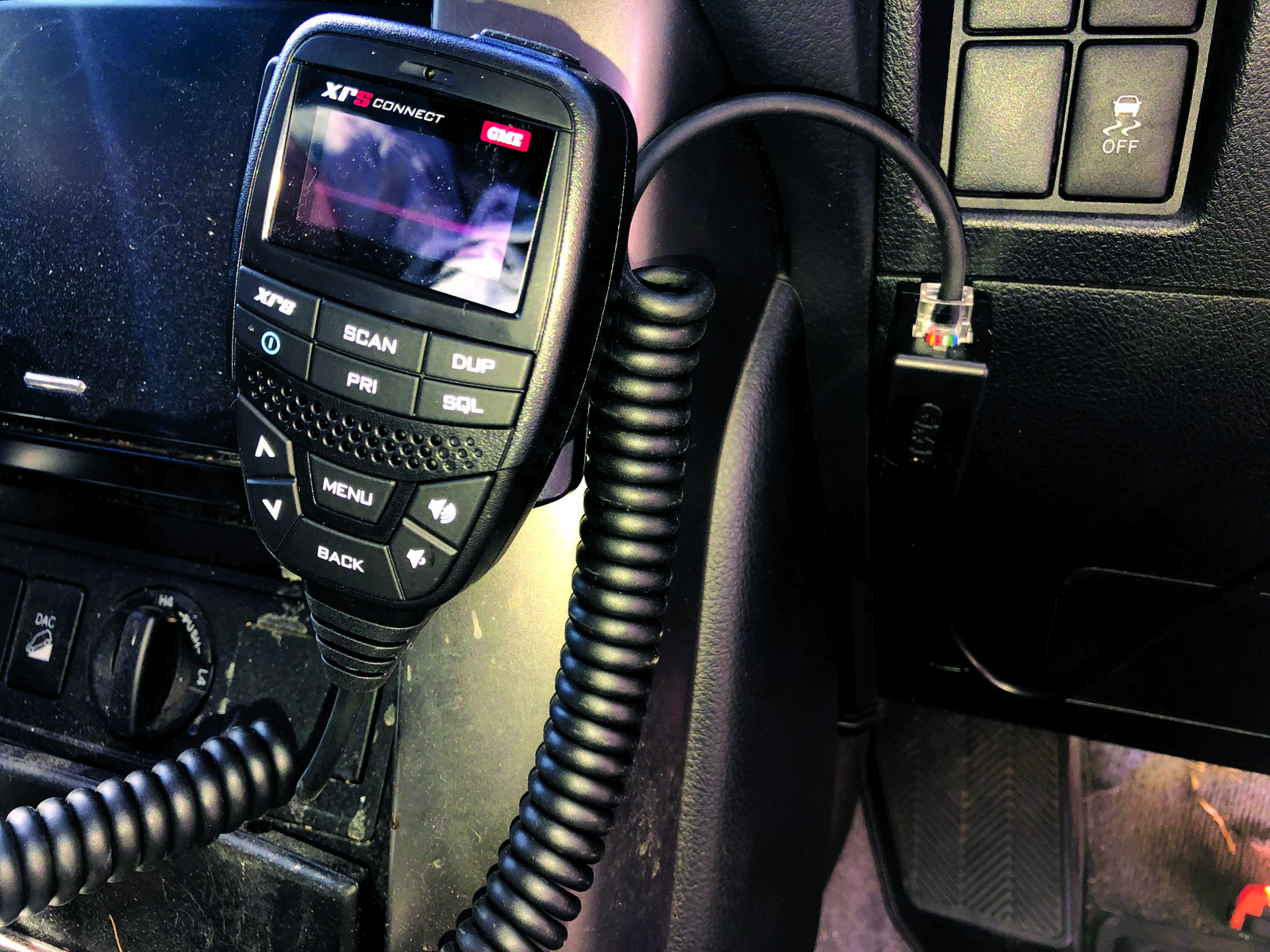

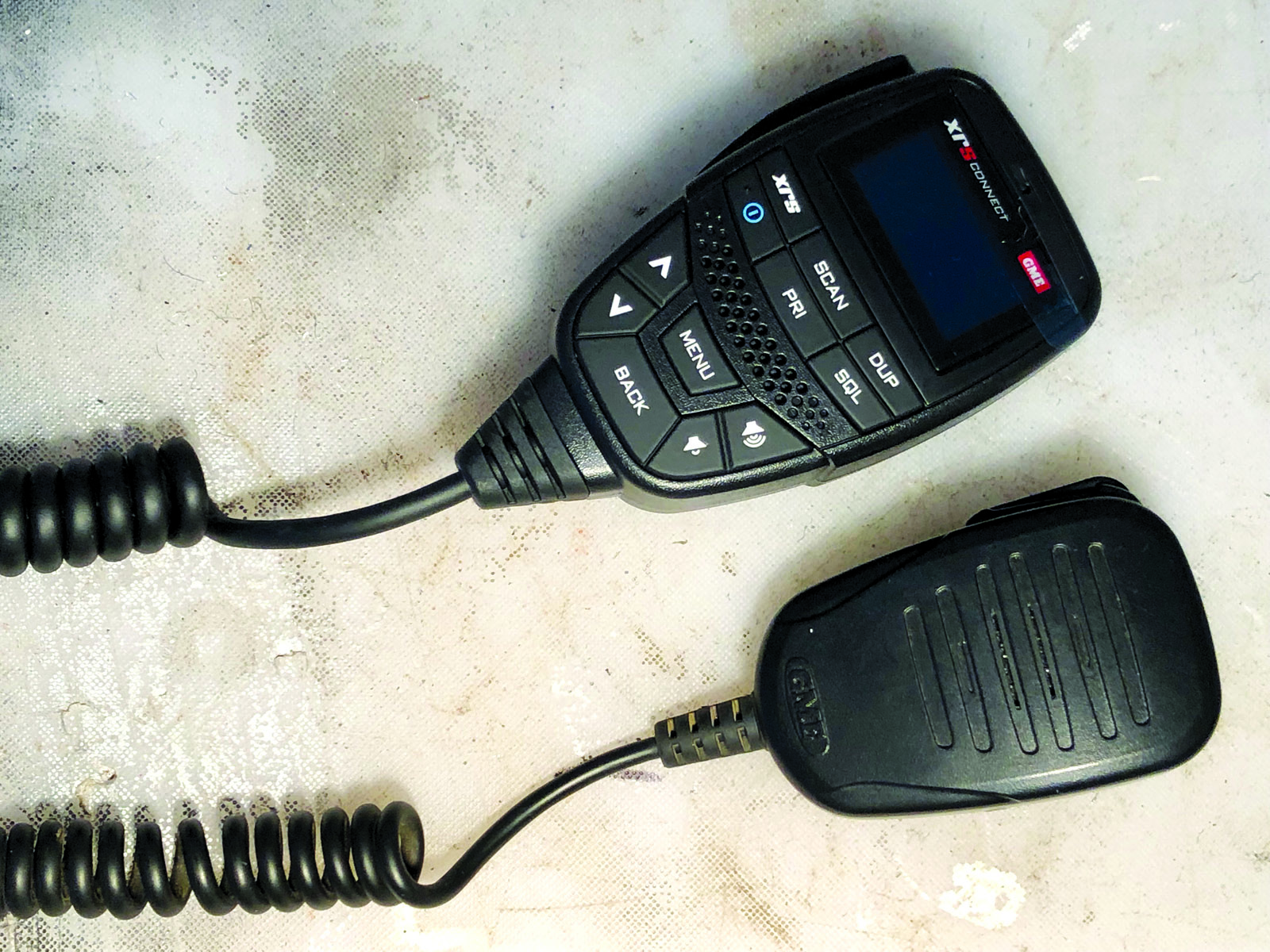
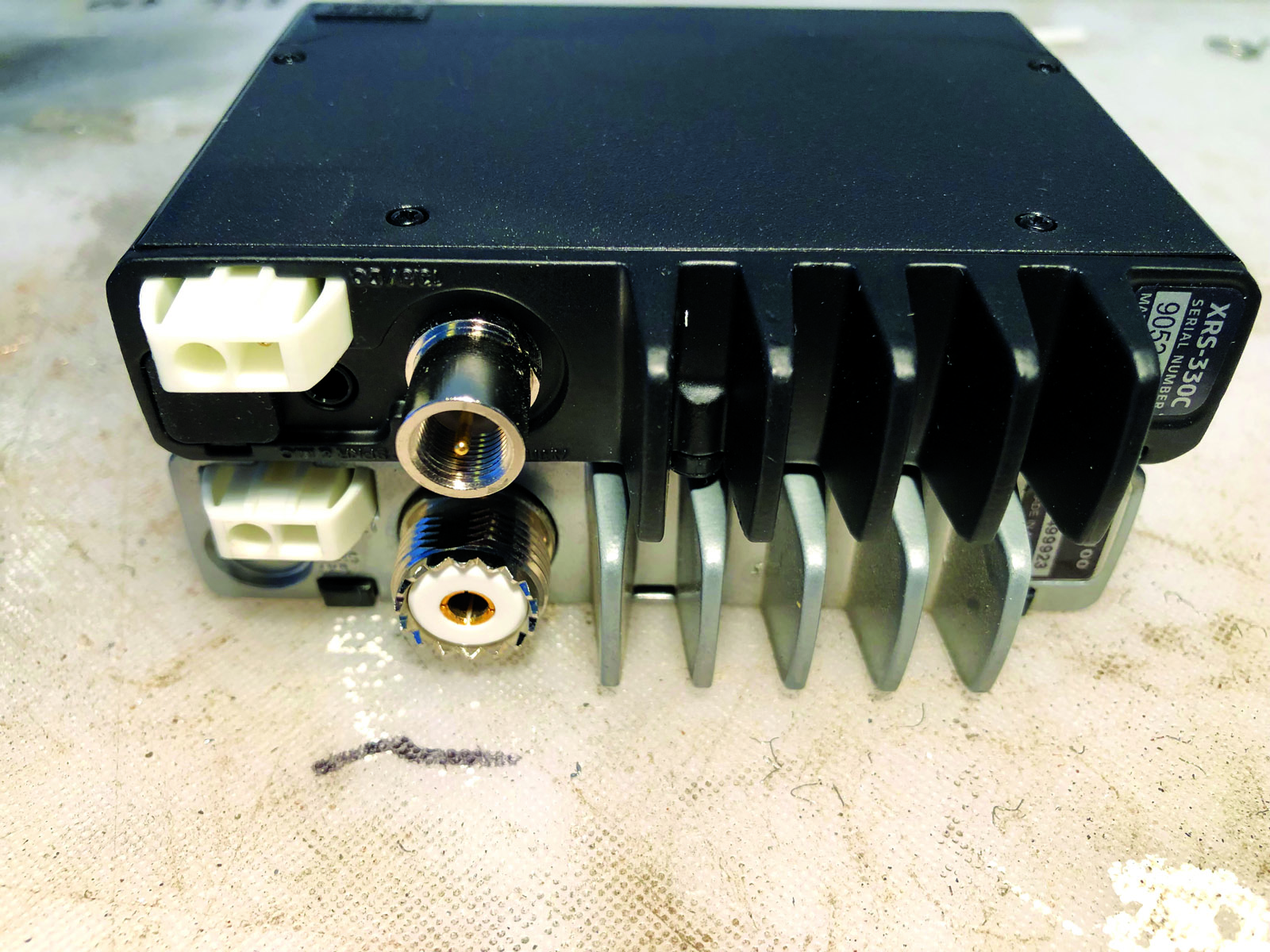
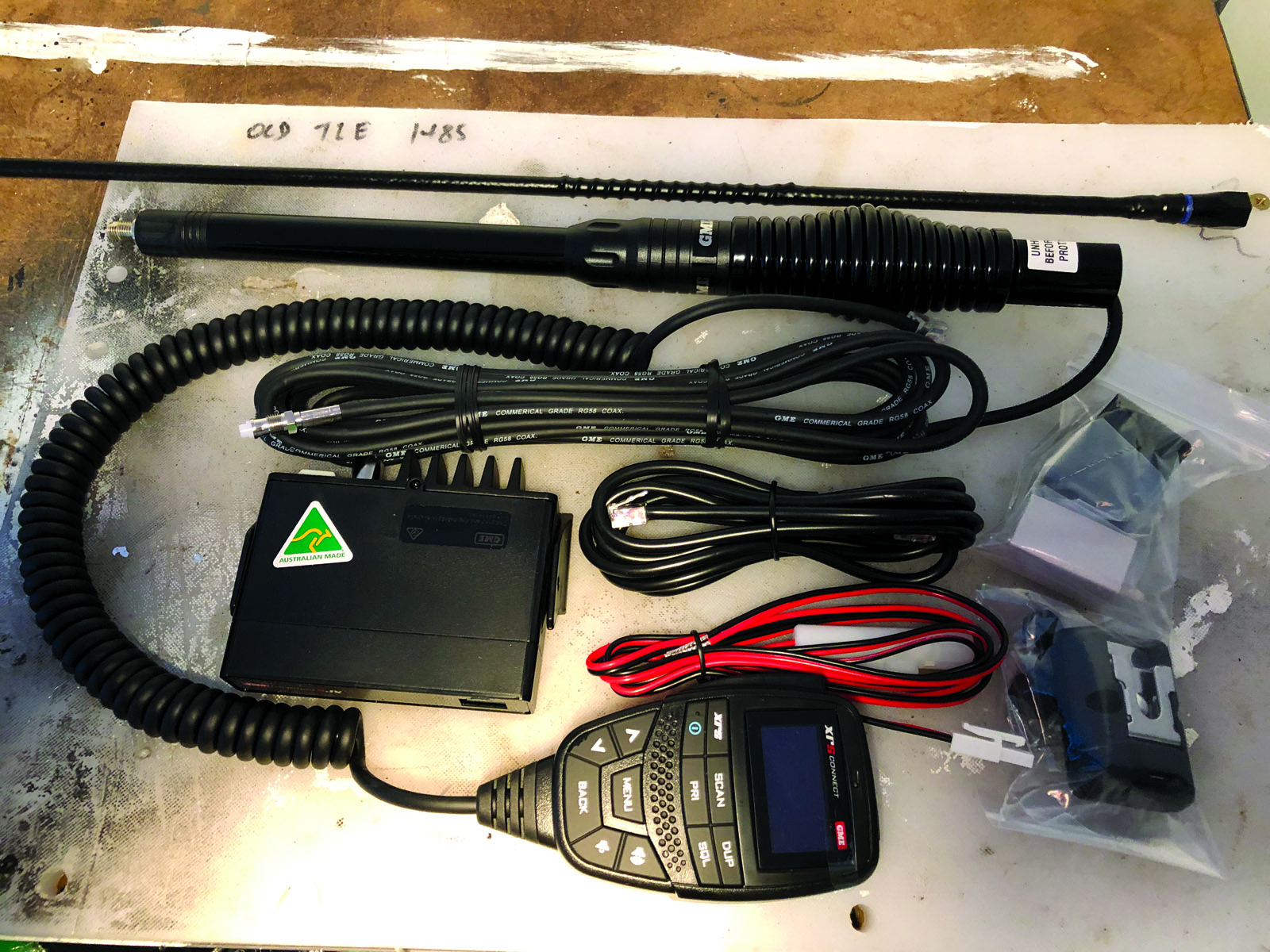
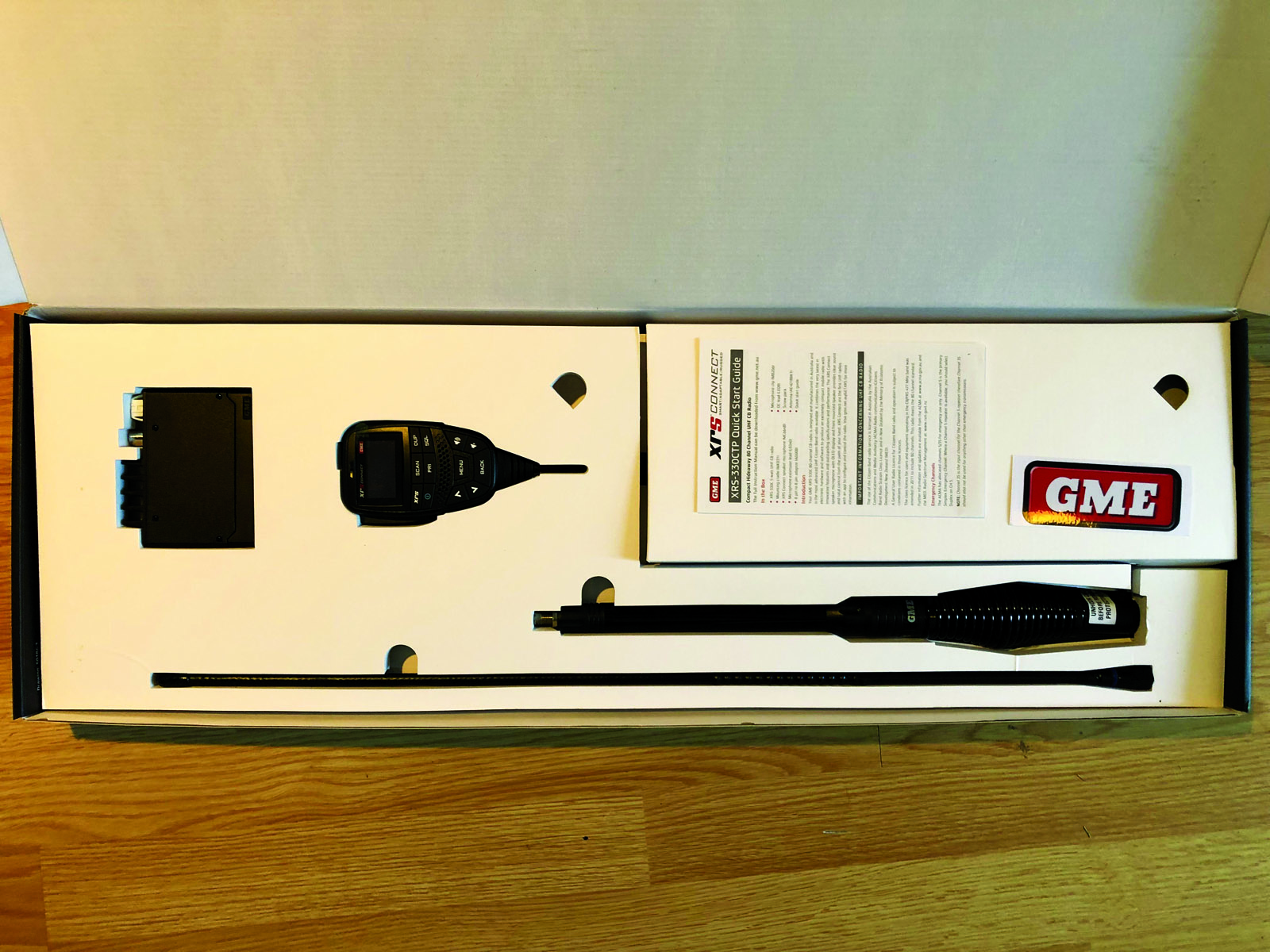
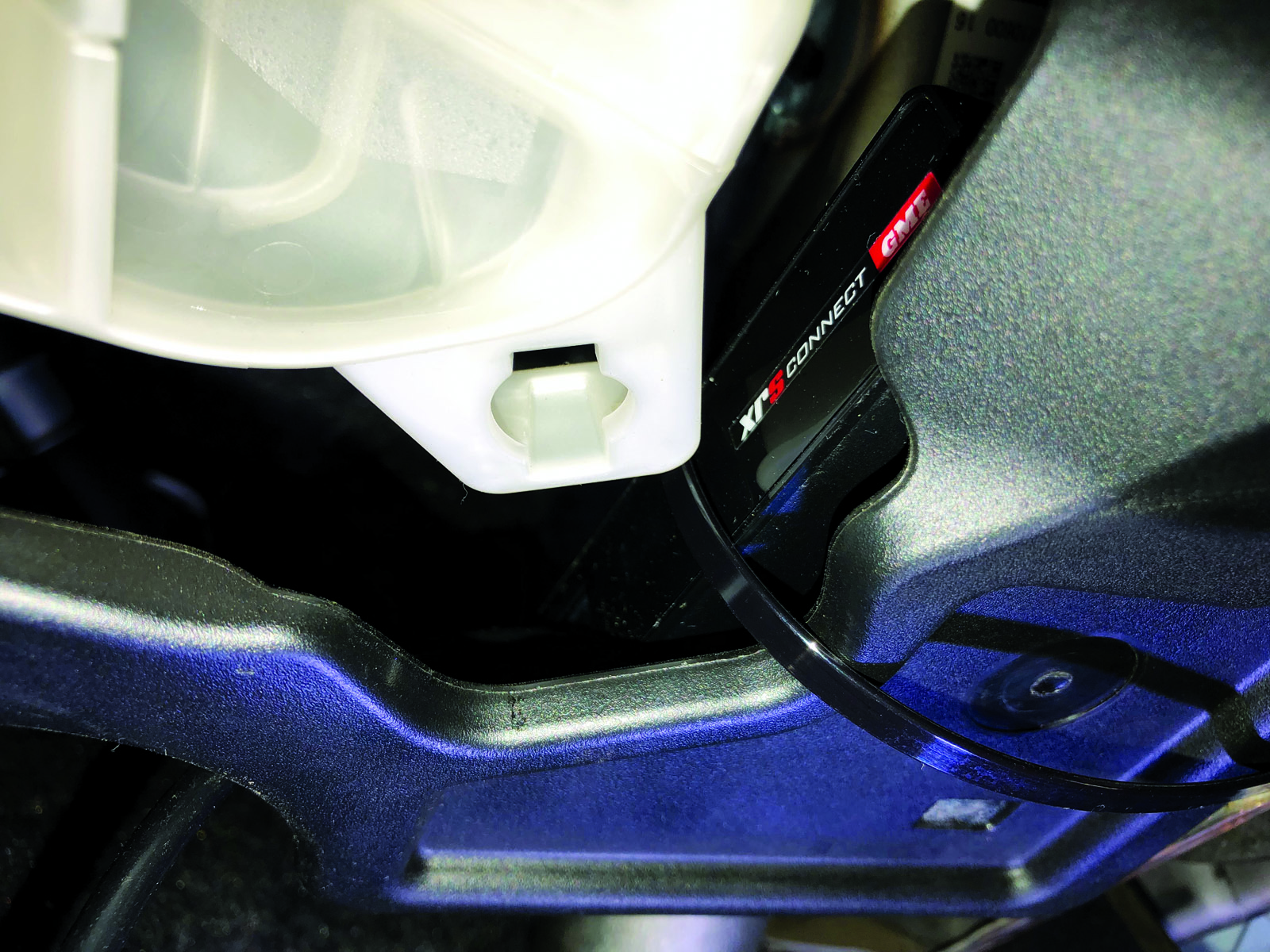
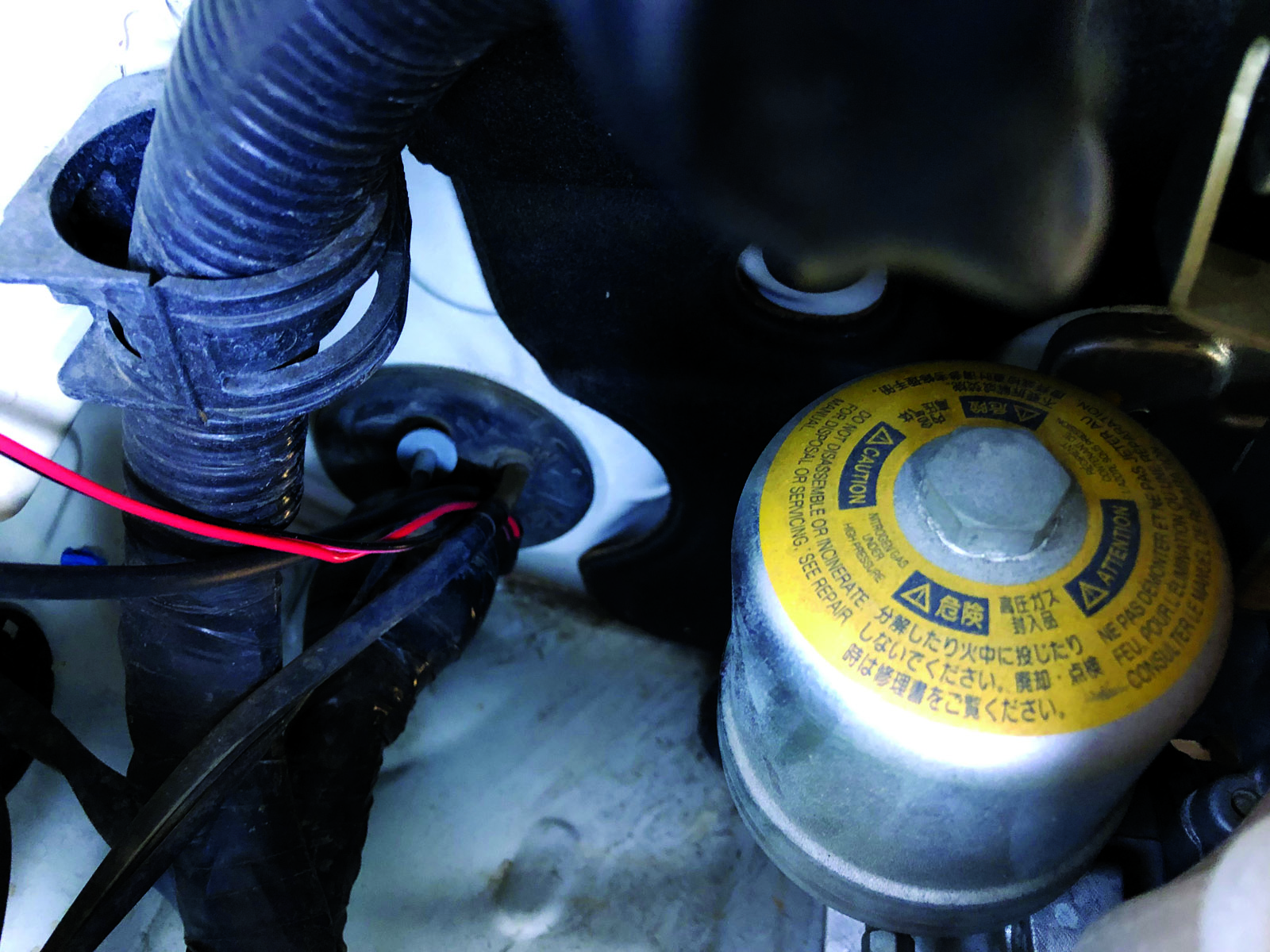
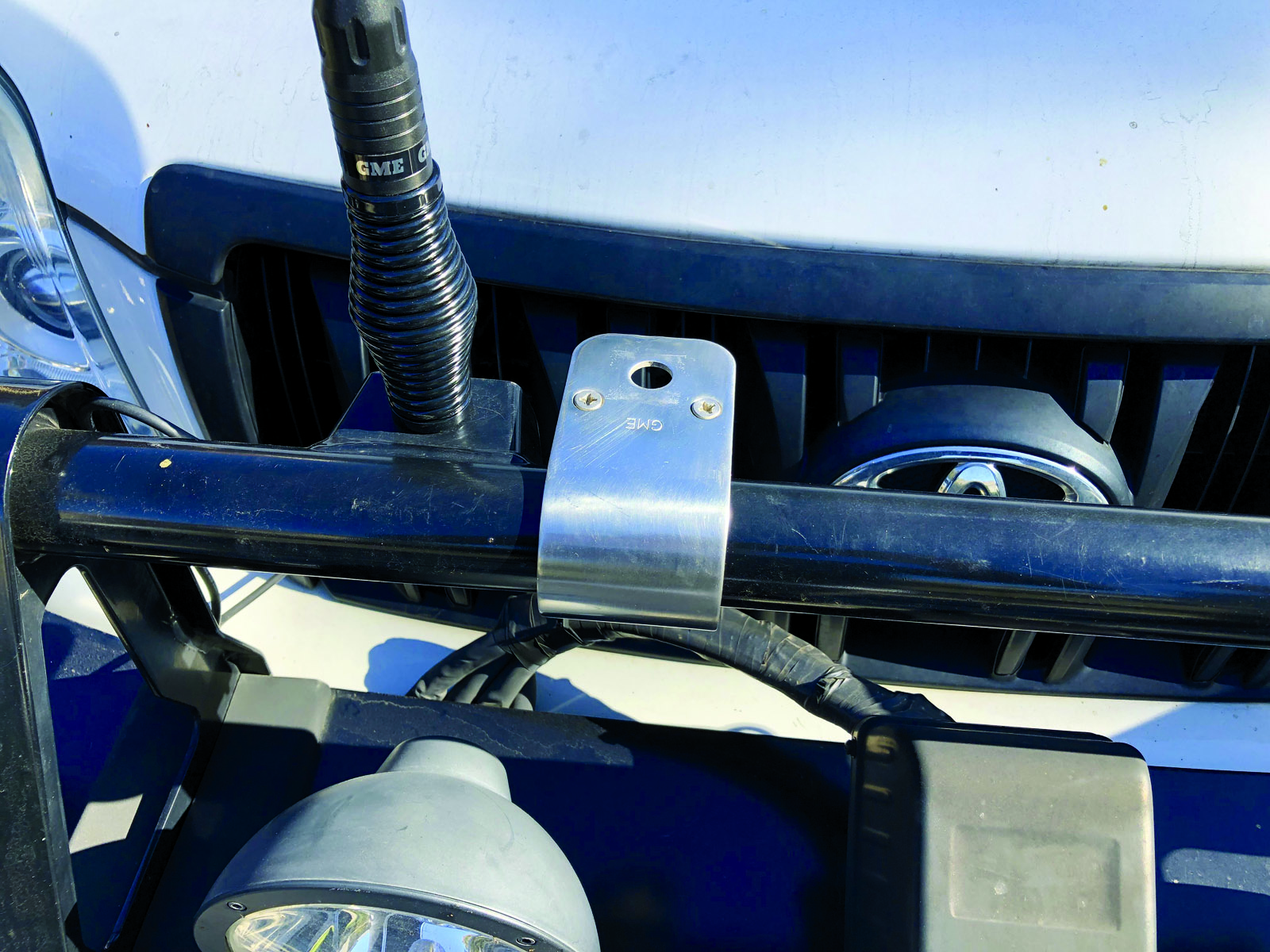

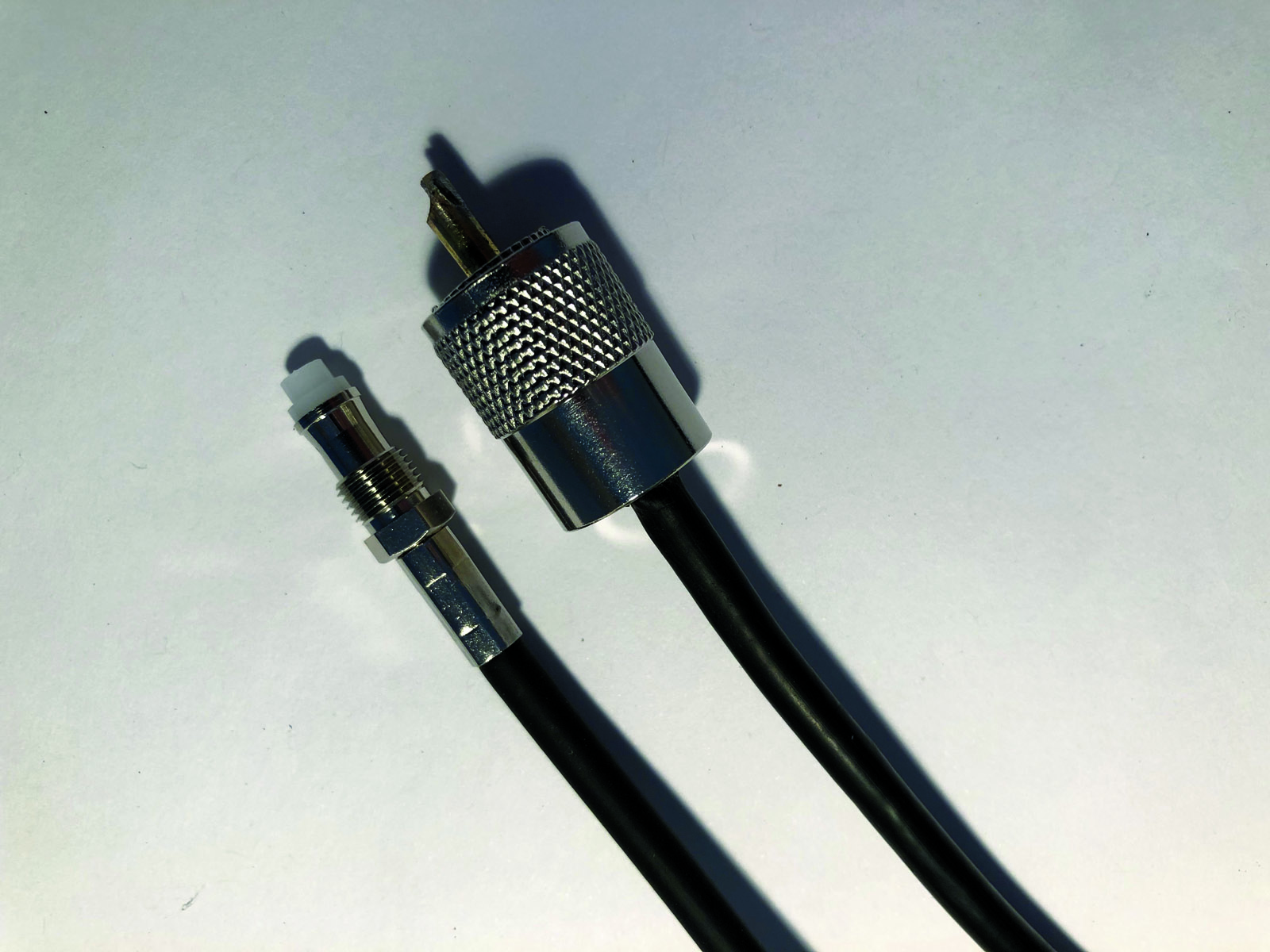
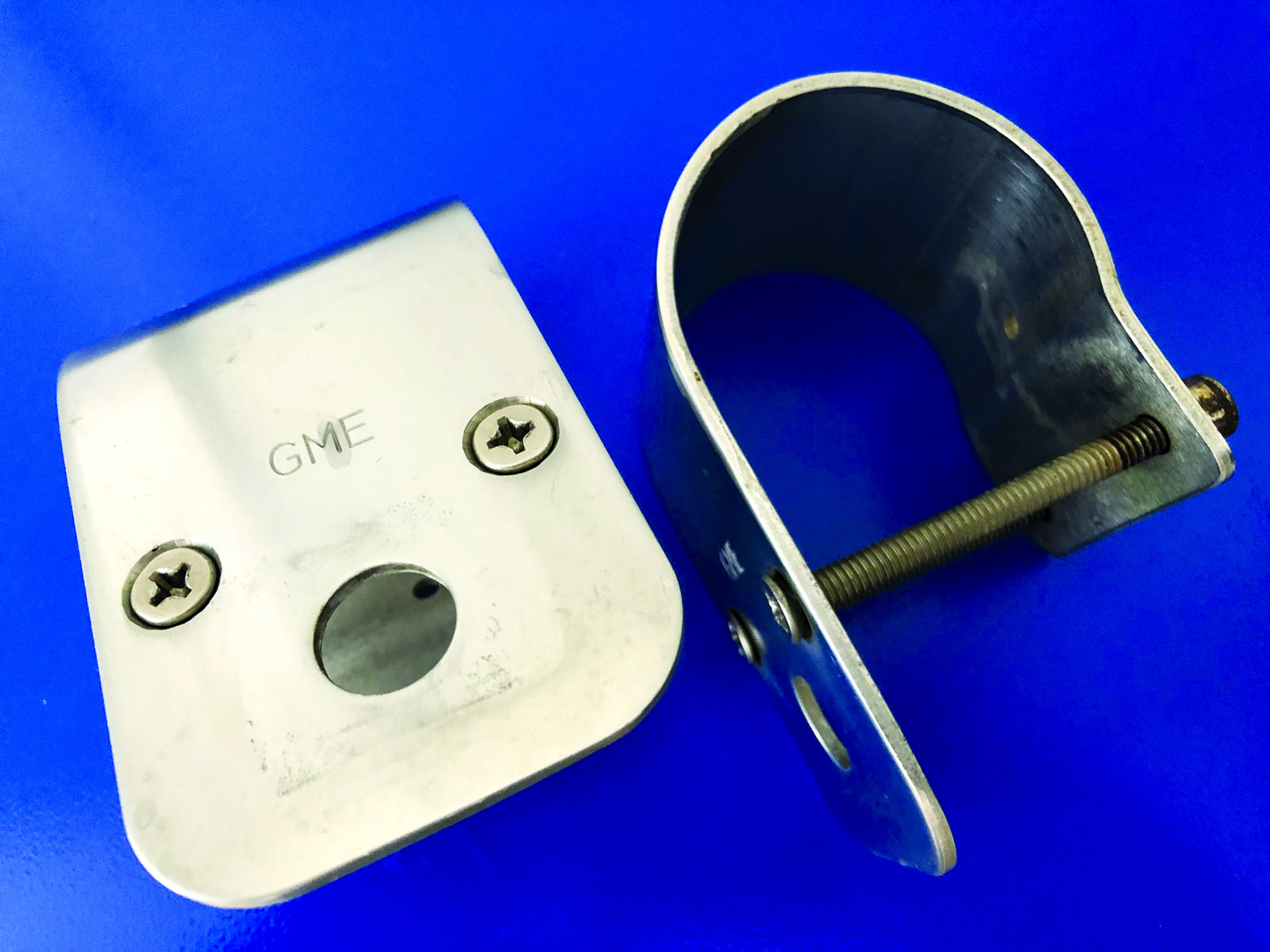
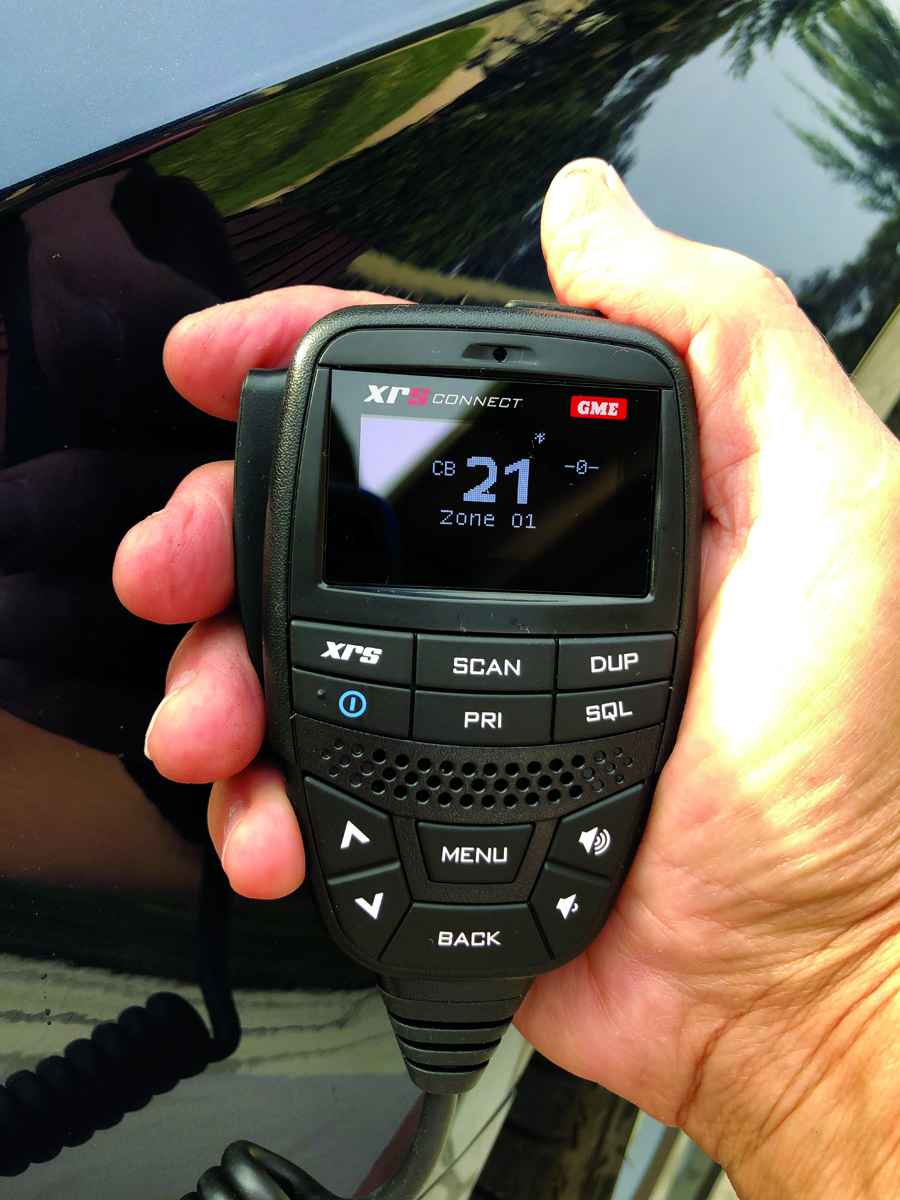
It was at this time that I decided I seriously wanted to learn more, so I joined a few tag-a-long trips, not only to get the best out of the vehicle and improve my skills, but to meet like-minded enthusiasts that shared my 4WDing passion. You had to be willing to listen and learn, just as you had to carry a UHF radio.
THE HISTORY OF UHF CB
A UHF radio is a peer to peer communication device that allows one party to speak to another party, once they agree on which channel to use. It is not normally a private line, though scrambler technology to privatise the channel can be incorporated (with conditions) in some newer models.
Up ’til May 2011, UHFs were restricted to 40 channels for the public (though some channels are for specific use, such as 5 and 35 for emergency use). In 2011 the channel spacing was increased to 80 channels and, once again, further channels were restricted for specific use. They should not be abused, else the wrath of God descends upon you.
For a while there were only a few brands commonly available on the Australian market, and two designs – a handheld version or a unit permanently fixed to the 4WD, paired with an external aerial. My first unit was a 40 channel GME 3200 matched with a whip aerial. It was very basic, with just a few dials to control on/off, volume, channel, squelch and not much else. It had the Australian maximum legal power output of 5W. The handhelds at the time were expensive and didn’t have the power or range of a fixed unit with its longer aerial. But my setup did the job intended, for a long time.
TAKING THE PLUNGE
Newer 4WDs, with their contemporary designs, integrated electrical systems and dashes that seem busy and pretty, leave little room for additions like a bulky UHF radio. Especially so, if you like a clean look and want to avoid (like I do) drilling through your pride and joy.
In recent years, the endless march of technological advancement has caught up with humble CB radios, which now come with a barrage of practical (and some not so useful) features, ease of use and the ability to mount the systems in various ways. This newfound ability to mount in various formats interested me, as I wanted to avoid making unsightly skirmishes on a pristine dash board or console.
I recently found myself needing a new UHF, after the trusty old GME I’d had for years finally said goodbye. The new GME XRS-330CTP model that’s packed with a 6.6dBi model AE4018BK1 aerial seemed to suit, as suggested by the knowledgeable support at GME. I really mean knowledgeable, as their support has been fantastic pre- and post- installation. The model I opted for comes with a five year warranty plus an extra one year if you register online via the app (at the time of writing). How good is that!
With a host of features, like its ability to mount with the compact body hidden away, full control on the handpiece with built in 2 watt speaker, bluetooth connectivity and the ability to futureproof it with upgraded software through an app, I was sure this unit would be great for my needs for many years to come.
READ THE MANUAL
It didn’t take long for me to rip into the packaging once the GME XRS-330CTP arrived. The “TP” stands for ‘touring pack’, meaning it’s bundled with the AE4018BK1 aerial. You can buy the GME XRS-330C without an aerial if you’ve got a suitable aerial already (note the newer XRS uses the slimmer SMA connector rather than the traditional BNC, though there are adaptors for under $10).
I was impressed straight off, as the kit was very well packed, which tells me GME take pride in their products. Along with the unit were the whip aerial and necessary cables, which all looked well designed, along with the microphone, which, while slightly larger than my previous model, was comfortable to hold with its soft feel keys.
I decided to read the manual, to ensure I got the best out of the unit when I hit the dirt. This user manual is not included, though it’s available online. Due to the many features, it was very detailed, but it soon started to make sense after a few reads. It’s at this time that I downloaded the XRS Connect app (IOS and Android). I registered the XRS-330CTP online to ensure that any unforeseen future issues or upgrades can be easily addressed. Not so clear is that if you wish to use the location feature, you’ll need the XRS Location Services app too.
INSTALLATION AND POSITIONING
After familiarising myself with the manual there were a few things I needed to decide before continuing: where I was going to mount the main body, how and where to support the microphone, and where to mount the aerial and route all cables. Not to mention how to get power to the unit.
The first thing to decide on was the location of the microphone. It’s best off in a position where it’s easily seen, accessible and does not interfere with any vehicle controls. Preferring to use heavy-duty double-sided tape, I stuck the supplied microphone mount on the centre dash of the Prado I was working on.
Fitting the main body in a discreet location, like under the dash, is the common practice and should be a breeze; it needs to be within about two metres from the microphone with this kit. There are a few options to secure the unit body, including self-tapping screws or heavy-duty double-sided tape. That’s a call you’ll need to make.
Just under the dash below the steering wheel proved a perfectly convenient spot in the Prado. A small shelf here honestly looked like it was made for it. Securing it with cable tie was an easy task.
Once the main body was secured, I connected the microphone patch lead to the rear of the body and secured the cable close to the handpiece location left of the steering wheel. GME supply an eight pin to eight pin adaptor, which accommodates the supplied patch cable and the microphone, ensuring minimal strain on cabling.
Next, attaching the aerial. There are many options if you don’t have bull bar mounts; search online for “4WD aerial brackets” and a host of options will result. Luckily there are welded brackets on the Prado’s bull bar, but GME also supply SS brackets for bars without, for less than $30.
Next task is to route the slim SMA connected aerial cable to the XRS’s body, which should be a relative breeze; previous BNC connectors were a pain to thread through the body work and rubber grommets.
On the home stretch now… Plug in the power cable, which is only 1.8 metre; ensure it can reach your power source, or alternatively extend it with some 7.5 amp twin cable. The unit only draws 1.5 amps. The Prado’s auxiliary battery was within the 1.8 metres and was easily routed, as was the aerial’s coaxial via a grommet left of the steering column.
To ensure a professional look, cable tie all cabling and test it switches on okay.
Next comes bluetooth pairing, which must be done via the XRS connect app. This took a few attempts but that was probably user error. Note to Steve, be patient!
XRS OPERATION AND CUSTOMISATION
The final steps are up to you, in terms of how far you take it. You could simply do no more than switch on, select channel and adjust the volume, and that may be all you need. Or you could take advantage of what the XRS technology has to offer.
There are several customisable features, some I will probably never use and others I found fantastic. Some features I think industries like mining would find most beneficial, rather that an everyday 4WDer. It all comes down to your personal needs but it does show how far things have progressed from the humble CB of yesteryear.
Stand out XRS features that impressed me as a 4WDer were: the clarity of the sound from the handpiece; the adjustable OLED display brightness which is clear and easily read under various light conditions; the ability to short-cut options onto the function keys, such as dimming for night time; and the ability to recall the first 30 seconds of every transmission, up to 12 min total (great when you’re in a convoy and you’ve missed what has just been said or want to recall that funny joke). You can also personalise the scanning feature, tailoring what channels you want to include or exclude.
A real surprise was the location services, which I’d not heard about ’til I received the XRS UHF. In brief it’s a location/mapping feature, via the Locations Services app, to pinpoint and share your position, store POIs, breadcrumbs and much more.
You may now be asking if I found any negatives. The answer is, not many, in the short time I’ve had it. The unit may take some time to set up and get working the way you’d like, but after getting used to the menu you’ll find it to be very easy. The handpiece is a little heavier but you’d expect this and I’m not sure how durable it is if you accidentally dropped it onto a hard surface.
While it retails at the pointy end of UHFs, I found the XRS-330CTP easy to install and very rewarding to use. And hey, it looks cool, too.
Happy Wheeling.




